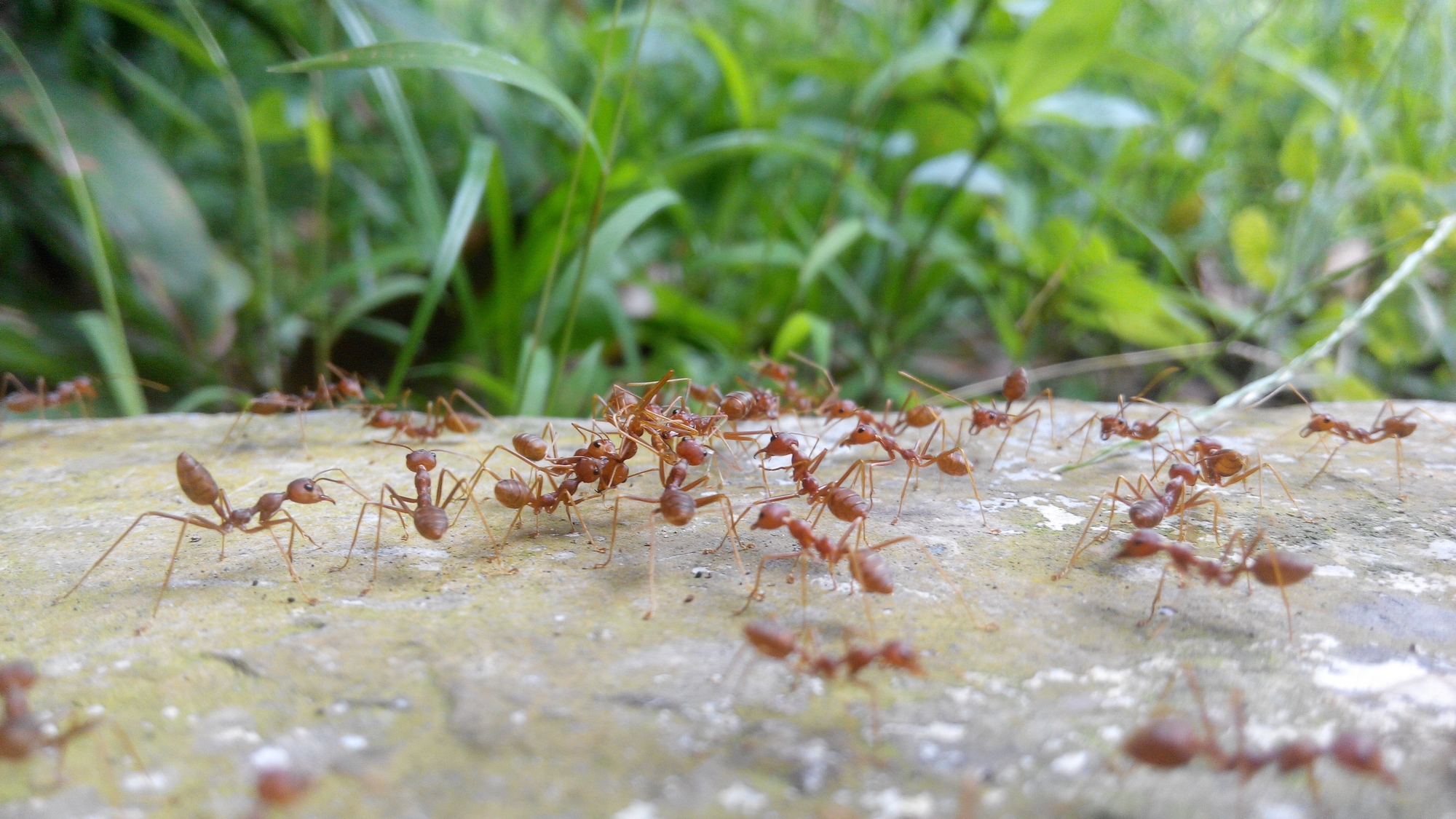

From an ecological standpoint, most ants are great—they aerate soil, clean up organic matter, and help to spread plant seeds. Fire ants, on the other hand… well, you probably already know. The incredibly painful, invasive pests can cause serious harm to their surroundings by disrupting food chains and causing general chaos. It only takes one accidental encounter with the little monsters to know that you never want a repeat experience, but a new AI-powered robotic system could help reduce the number of painful run-ins by locating hives for eradication—no awful ant bites needed.
[Related: The terrifying way fire ants take advantage of hurricane floods.]
According to a new preprint paper highlighted on Friday by New Scientist, researchers at China’s Lanzhou University recently trained an open-source AI system on images of fire ant nests from varying angles and environmental conditions. From there, the engineers installed their program onto a quadrupedal Xiaomi CyberDog, then tasked it to survey 300-square-meter nursery gardens for ant mounds. Once a hive was located, the robot dog “pawed” at it to disturb its residents, after which researchers stepped in to analyze the insects’ numbers and aggression levels to determine regular species from the invasive fire ants.
Impressively, the team’s ant-finding robot dog far outperformed three human control surveyors, even after each received an hour of pest identification and management training. Both the robot and its human competitors searched the same nursery fields for 10 minutes, but the AI system detected three times more nests while also identifying them more accurately at a 95 percent precision rate. The search robot reportedly only fell short when it came to identifying smaller nests recently founded by a colony’s queen.
[Related: Save caterpillars by turning off your outdoor lights.]
Although in its early stages, researchers say that such a system utilizing a more advanced robot boasting more battery life, maneuverability, and speed could optimize its fire ant search-and-destroy missions.
But then again, with an estimated 20 quadrillion ants across the world, even the most advanced future ant-identifying robots will likely have their work cut out for them.
